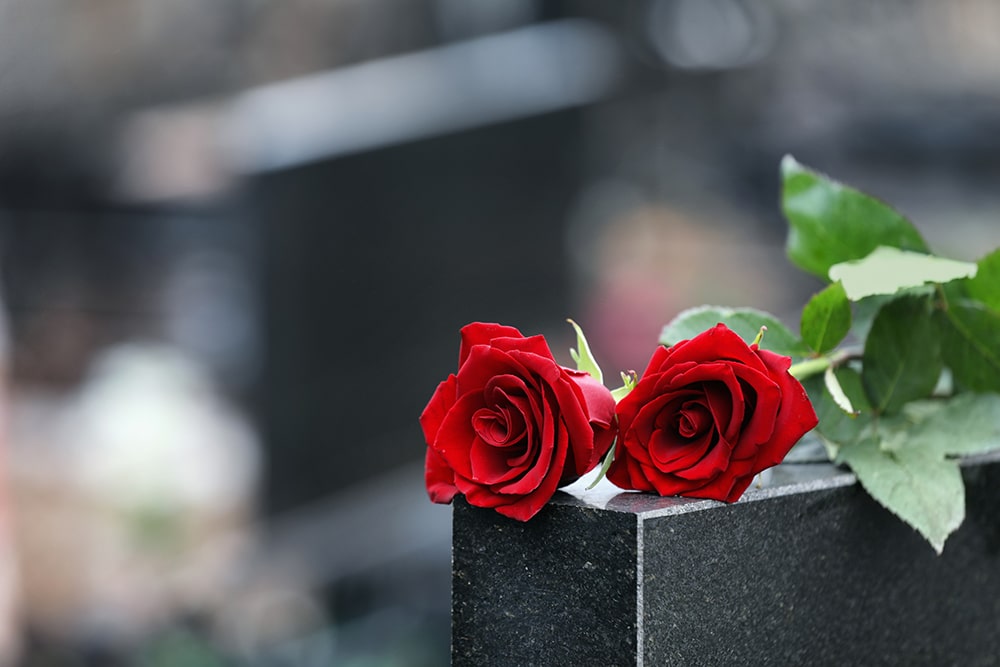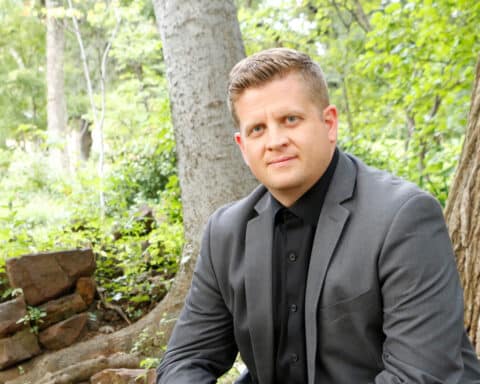As I found myself being drawn — with considerable resistance — to the Catholic Church in the 1990s, one of the first issues that helped to tip me over the edge from skepticism to a more fair-minded inquiry into what Catholic teaching actually said was the Church’s position on death and dying. (Wasn’t it Venerable Fulton Sheen who said that thousands of people hate what they think the Church teaches, but very few maintain their hostility once the actual teaching becomes clear to them?)
A quarter-century ago questions of euthanasia were then much in the news thanks to the ghastly ministrations of Dr. Jack Kevorkian, an American pathologist and euthanasia proponent, and it somehow dawned on me to see how right the Catholic Church was to oppose this.
Then, with dread, I began to wonder: If the Catholic Church was not wrong about euthanasia, what else was she not wrong about? Once you start asking questions like this, and once you pick up an old copy of Newman’s Apologia Pro Vita Sua (which I bought but immediately left unopened on my reading chair for weeks, telling myself “that is a very dangerous book for me to read just now!”), then it becomes a dangerously slippery path to your first confession, chrismation and communion!
The other great attraction of the Church that I have more recently come to admire and defend is that she has not quite given up on the need to openly mourn the dead. In a culture with a fierce ability to deny death with coy euphemisms and one that is increasingly inclined to abolishing funerals, the Church recognizes that there is no “getting past” or “moving on” from death, but only going through it. This is true for individuals and families, but also for countries and whole cultures.
In our particular cultural moment today (as Ray Sanchez recently suggested) we have not yet found ways to process so much death and grief — and their close comrade, rage, which is often the mask grief wears. We seem to lack ways of mourning thousands dead and suffering from the pandemic, the economic collapse, and the racism and violence against African Americans in particular. But in such a moment, Catholics have something of an opportunity to manifest how to mourn the sins and trauma of the world around us.
Several major works over the last quarter-century — starting with Judith Herman’s landmark book “Trauma and Recovery” — have stressed the importance of observing three stages to dealing with trauma and grief. The first is to be in a stable and safe place with someone else who is trustworthy; the second is to begin to tell your story of trauma, grief and suffering; and then the third is eventually to be sent back out to live your life again in new ways with as much healing as possible.
This three-fold structure corresponds exactly to what Catholic and Orthodox Christians do every Sunday. But we don’t usually think of it in these terms. The British Catholic theologian Marcus Pound first pointed this out to me years ago in his book “Theology, Psychoanalysis and Trauma,” where he speaks of a “liturgical therapeutics.”
If we think about what we do each time we gather for liturgy, we are in fact enacting a traumatic memory: the unjust arrest, torture and execution of an innocent man. We gather in the safe space of a liturgical community to tell this story not once, but continually. Why do we do that? We do it because the trauma of death haunts us still, and one is never totally “recovered” from it; there is never any notion of “closure” because the wounds remain open until the end of time.
But our story does not end there. The dismissal at the end of the liturgy is hugely important, for it says not just “go home” but go out into the world living your life differently, with some healing and strength now, and the promise of complete healing in the age to come. We leave after having received the proleptic healing to trauma and death that comes from communing with the body not of a dead man but of the resurrected and living God-man, Jesus Christ.
Here, when we get it right, is where Christians have a model to offer the world of those who openly, unashamedly and at length grieve and mourn, telling the story week in and week out, but doing so not without hope and final consolation. We do not run from grief, but neither are we imprisoned by it. We have healing now, but not perfectly: we live as we mourn — in hope.
This is all well and good, but too often mourning rituals are in essence private funerals for individual persons and little else. How do we usefully conceive of public rituals for collective mourning?
In both the Latin and Byzantine liturgical traditions, we have various memorial liturgies that can be used on numerous public and collective occasions. When I was still living in Ottawa during the annual pro-life march in May, we Ukrainian Catholics at the end of the day gathered at the foot of Parliament Hill and celebrated a panachyda, or memorial service. With vestments, incense, bells and candles at such a central and public location, this always attracted flocks of curious on-lookers and often led to conversations with people, some of whom started coming to church afterward as a result.
That same service over the years has been celebrated outside at cemeteries or in front of monuments devoted to the commemoration of the Chernobyl disaster, or other major traumas in Ukrainian life. Such public celebrations always draw lots of people who would rarely enter a church. Some might scorn this as “cultural Christianity,” but can we so quickly and glibly dismiss the evangelical potential of such celebrations? Given the shameless profligacy with which God flings his grace around, catching even the most unsavory people by hook and crook on the highways and byways of the world, I should not want to be responsible for denying his power in such moments, not least because I know of people who, hearing the chant at such public gatherings and seeing the care with which these Christians mourned thousands of nameless dead, were moved eventually to come to church. Let us not forget that one of the outstanding features of earliest Christian practice, which so startled the Romans, was Christian care for the dead manifested in culturally unique ways.
If, today, we lack cultural celebrations of major loss and trauma, perhaps it falls to Christians, who “celebrate” trauma every Sunday, to take the matter in hand and begin to invite one and all to public memorials regularly each month. Can we see this as one form of “new evangelization”? Let us invite everybody who is grieving losses — whether because of the pandemic, racist violence, past traumas, abortion or any other case of what clinicians call “disenfranchised grief” — to come to mark their trauma in fellowship and solidarity with others who know that death is not the final word but has itself been defeated. If that is not “good news” for our time, then what is?
Adam A.J. DeVille is author of “Everything Hidden Shall Be Revealed: Ridding the Church of Abuses of Sex and Power” (Angelico Press, $16.95). He writes from Indiana.





